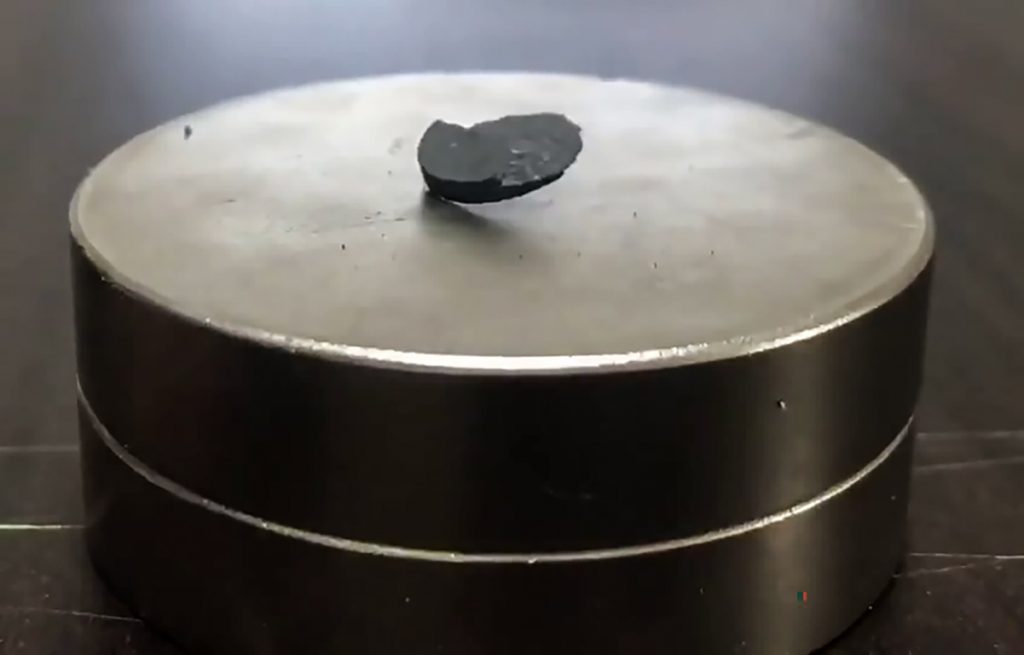The ongoing saga surrounding the alleged superconductor breakthrough known as LK-99 has taken another perplexing turn. While the claim of LK-99 being the “First Room-Temperature Ambient-Pressure Superconductor” remains shrouded in uncertainty, the recent revelation that a key video showcasing its levitation ability was a hoax has only deepened the confusion.
The video in question, originally attributed to the University of Science and Technology in Beijing, depicted a small black substance hovering in mid-air, seemingly manipulated by a magnet. However, the original poster has now confessed that the video was fabricated for attention-grabbing purposes, admitting to capitalizing on the buzz surrounding LK-99. This disclosure adds a layer of skepticism to an already enigmatic situation.
While the authenticity of this debunked video was already in question due to its peculiar angle and lack of visual clarity, there are still other videos circulating, supposedly showcasing LK-99’s levitation capability. Two such videos from Huazong and Wuhan universities have not yet been discredited. Yet, as history has shown, claims of groundbreaking scientific discoveries often attract skepticism and speculation.
The LK-99 controversy highlights the difficulties in assessing scientific advances in the era of social media. For the most part, the scientific community uses strict peer-review procedures to assess the validity of new results. However, the abundance of online content has added a new level of complexity, making it more difficult to distinguish between legitimate science and sensationalism.
It’s important to keep in mind that even well-established scientific journals are susceptible to false claims, as shown by earlier cases of hoaxes appearing in reliable publications. It is important to exercise caution because the article by the Korean authors, which is at the center of the LK-99 dispute, is still being evaluated by peers.
The realm of superconductors, with their potential to revolutionize technology, is inherently attractive, but it operates within the intricate boundaries of materials science and quantum physics. The LK-99 affair serves as a reminder of the challenges inherent in navigating these complex terrains.
The admission by the video’s original creator brings to light the personal impact of being swept up in the clamor surrounding breakthrough claims. The individual expressed a newfound understanding of the importance of responsible actions and words, a sentiment worth heeding in a world where scientific developments can rapidly capture the public’s imagination.
As the LK-99 saga unfolds, scientists and observers alike are left awaiting credible and replicable evidence. While the allure of revolutionary discoveries persists, the case highlights the need for robust scrutiny, rigorous research, and a discerning eye in the face of sensational claims that can shape the course of scientific progress.

